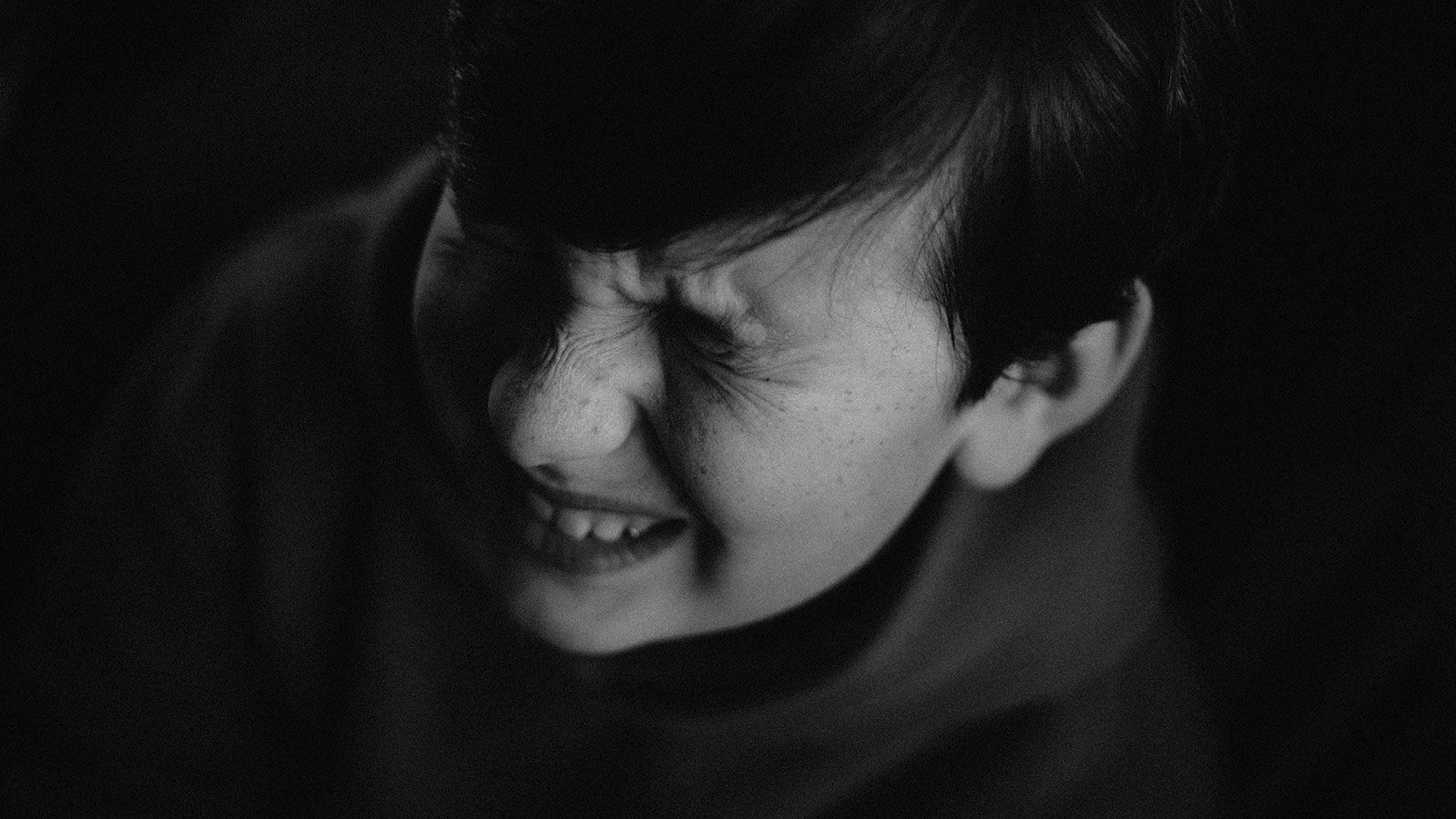Physical sensations can drastically affect people’s experiences. A person who is feeling ill with a throbbing headache or a sore throat will likely have a difficult time completing tasks that require their full attention, such as following complicated directions. Environmental factors can also influence sensations that people feel. People shivering from the extreme cold may find it hard to key in an access code on a touch screen to enter an apartment building. An older adult experiencing pain and stiffness from arthritis may struggle to hold onto a brush when washing dishes.
Some experience design scenes exist to cause physical sensations. A gym is designed to facilitate workouts that produce sensations like sweating, increased heart rate, and hard breathing, which eventually lead to increased muscle tone, the release of endorphins, and overall improved physical health, all in a controlled environment. The physical sensations people experience as they encounter experience design scenes manifest the reality of the experience itself. In turn, careful attention toward these sensations is warranted when designing for experiences.
